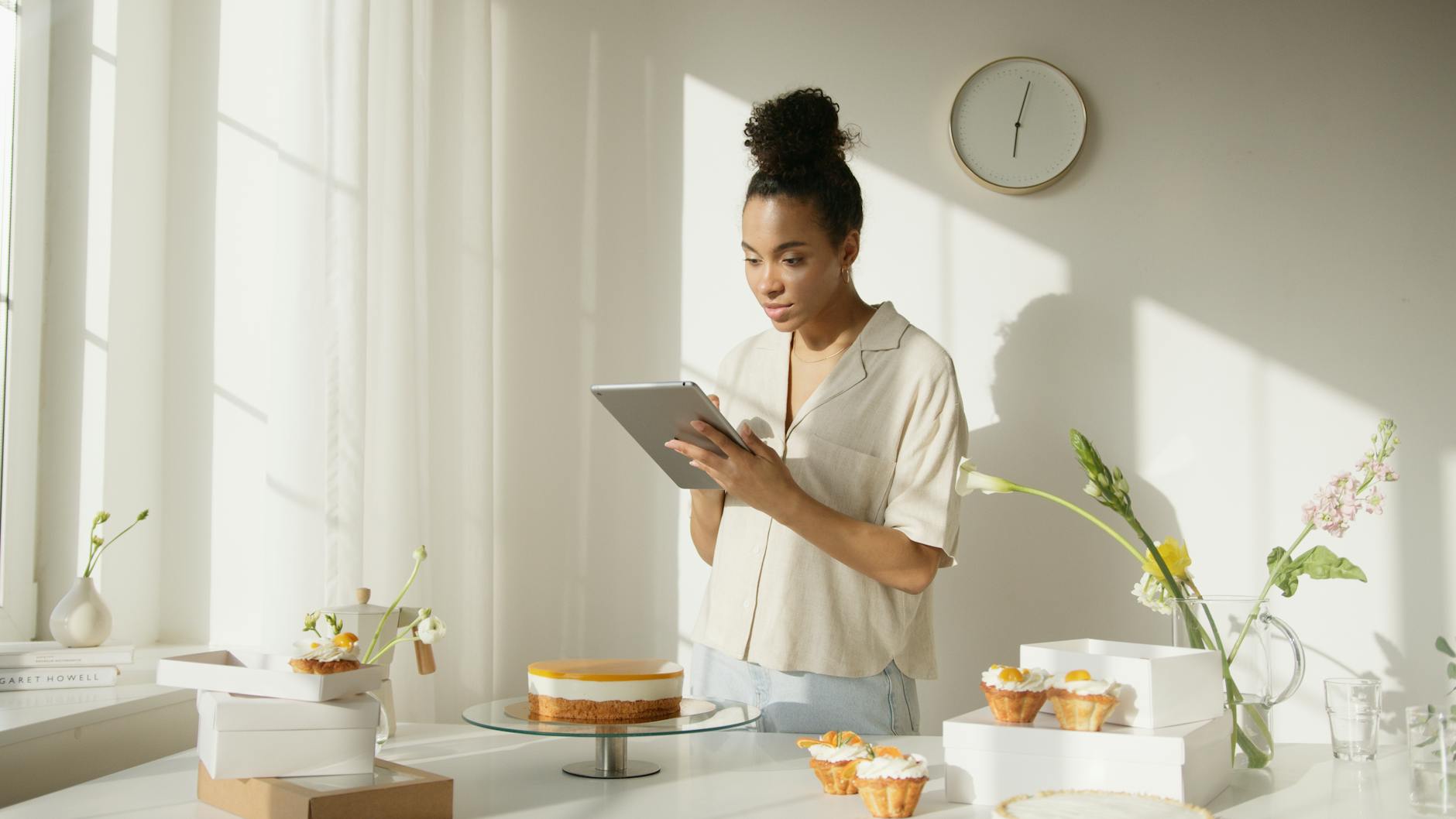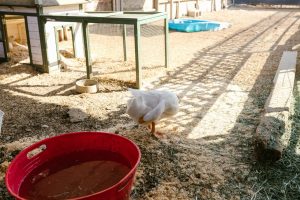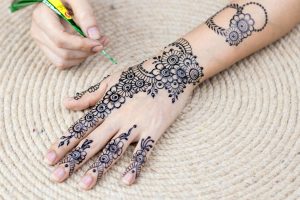Beyond the Stream: How to Launch Your First Merch Drop and Turn Fans Into a Community
Your Art is More Than a File. It’s a Movement.
Let’s be honest. The idea of selling ‘merch’ probably feels a little uncomfortable. It can conjure images of being a sellout, of plastering your name on cheap T-shirts just to make a quick buck. As of July 11, 2025, let’s permanently delete that outdated mindset. Your first merchandise isn’t about a transaction; it’s about transformation. It transforms a passive listener into an active supporter. It turns a viewer into a member of your tribe. Good merch is not a cash grab; it’s a physical artifact of the community you’re building. It’s a flag your truest fans can fly to show they belong. This is your guide to creating that flag, without spending a dime upfront and without sacrificing an ounce of your artistic soul.
The Old Way vs. The Smart Way
The old path was fraught with risk. You’d have to guess sizes and colors, pay thousands of dollars to a screen printer for a minimum order of 100 shirts, and then pray they sold. Most of the time, indie creators ended up with boxes of unsold XL shirts gathering dust in their garage—a constant, depressing reminder of a failed experiment. Today, that model is dead.
We’re going to use a model called Print-on-Demand (POD). It’s a revolutionary concept that removes all the financial risk and lets you focus on what you do best: creating.
Strategist’s Debrief (Print-on-Demand): Why is POD non-negotiable for your first drop? Because you hold zero inventory and pay zero upfront costs. A fan places an order on your online store. The order is automatically sent to your POD partner (like Printful). They print, pack, and ship the item directly to your fan. You only pay for the product *after* you’ve already made the sale. The difference between the sale price and the product cost is your profit. It’s a 100% risk-free way to enter the world of e-commerce.
Launchpad: Your First Risk-Free Merch Store in 7 Steps
This is the exact, step-by-step process to get from idea to a live, order-ready merch store. We will move with purpose and avoid the common pitfalls that overwhelm new creators.
- Choose Your POD Partner: Sign up for a free account at Printful or Printify. We recommend Printful for beginners because its interface is slightly more intuitive and their in-house production offers consistent quality.
- Design Your First Product (Keep It Simple!): Your first design should be meaningful, not complex. Think of a powerful lyric, a catchphrase from your videos, or a simple logo you’ve created. Use a free tool like Canva to place this text or graphic on a transparent background and export it as a PNG file. Do not overthink this. A simple, text-based design on a quality shirt often outsells a complex, multi-color illustration.
- Create Your Product Mockup: In Printful, go to ‘Product Templates’ and click ‘Create Template’. Select a high-quality, eco-friendly T-shirt (like the Bella + Canvas 3001). Upload your design, position it on the chest, and choose 2-3 classic colors (e.g., black, white, heather grey). Save the template.
- Choose Your Sales Channel: You need a storefront where customers can buy. The easiest, most creator-friendly option is Fourthwall or Gumroad. They are built for creators and allow you to set up a free store that integrates directly with Printful. For more long-term control, a Shopify ‘Starter’ Plan is the industry standard, but let’s start free and prove the concept first.
- Connect and Push: Follow the simple on-screen instructions to connect your Printful account to your chosen storefront (e.g., Fourthwall). Once connected, go to your Printful dashboard, find your product template, and click ‘Add to Store’.
- Set Your Price & Profit: Printful will show you their cost (e.g., $13 for the shirt + printing). You then set the retail price. A good starting point is a 40-50% profit margin. So, if the base cost is $13, you might price it at $26 – $28. Write a compelling product description. Don’t just say “T-shirt.” Say: “The official ‘Sunset Sessions’ tee, printed on an ultra-soft cotton shirt. The perfect way to carry a piece of the music with you.”
- Launch Your Store: Complete the setup in your storefront, add a payment method for your profits (like Stripe or PayPal), and publish your product. You now have a live, professional-grade merchandise store ready to take orders worldwide. You’ve spent $0.
The Co-Creation Method: Marketing That Doesn’t Feel Like Marketing
Now that your store is built, how do you sell without sounding like a desperate infomercial host? The secret is to stop selling and start collaborating. Make your audience a part of the creative process. This builds intense hype and makes the final product *their* product, too.
- Week 1: The Idea Seed. Post on Instagram Stories or TikTok: “Thinking of making my first ever merch. If I did ONE T-shirt, what lyric/quote/idea should it be?” Let the ideas pour in. You’re not just getting free market research; you’re signaling that your fans’ opinions matter.
- Week 2: The Poll. Take the top 2-3 ideas and create a poll. “Alright, you all had amazing ideas. We’ve narrowed it down. Which one is the winner? VOTE NOW.” Use Instagram’s native poll sticker. Do the same for colors: “Black shirt or white shirt? You decide!”
- Week 3: The Reveal. Once the ‘winning’ design is created, model it yourself. Post high-quality photos and videos. Don’t just show the shirt; tell the story. “You all voted, and I listened. This design, based on [the winning idea], is a symbol of what we’ve built here. It represents [the emotion/story behind the art]. I’ve been wearing it non-stop, and it feels like a piece of home.”
Strategist’s Debrief (The Psychology of Co-Creation): Involving your audience transforms the dynamic from a one-way broadcast (‘Here’s my stuff, buy it’) to a two-way collaboration (‘Here’s our thing, let’s celebrate it’). People who vote on a design are psychologically primed to purchase it. They have a vested interest. They aren’t just buying a product; they are validating their own creative choice. It’s the most authentic marketing you will ever do.
Case Study: The YouTuber’s Limited Drop
A filmmaker, let’s call her ‘Cinephile Clara’, has 10,000 subscribers on YouTube. Her channel deconstructs film scenes, and she has a catchphrase: “It’s all in the framing.” She decides to launch her first merch item, a hoodie.
Instead of just listing it, she ran a 2-week co-creation campaign on Instagram. She asked her audience if they preferred a hoodie or a sweatshirt. Hoodie won by 78%. She then posted three simple design mockups she made in Canva and asked them to vote. A minimal, text-based design won easily.
For the launch, she announced it would be a 72-hour pre-order window only. She was transparent: “This is my first time doing this, so to make sure everything goes smoothly, we’re only making these available for 3 days!” This created a powerful sense of urgency and exclusivity. She posted a countdown timer on her Instagram Stories. She featured the hoodie prominently in her next two YouTube videos. The result? She sold over 250 hoodies, generating nearly $4,000 in profit with zero financial risk. The lesson? Authenticity + Scarcity + Co-Creation is the trifecta for a successful first launch.
Your Business Toolkit: Common Questions
“How much profit should I actually expect?”
It’s a game of volume and margin. A T-shirt from Printful might cost you $15 (product + shipping estimate). If you sell it for $30, your gross profit is $15. If you sell 50 shirts, that’s $750 in profit. The key is to see it as a new, sustainable income stream. It won’t make you a millionaire overnight, but it can absolutely fund your next creative project, pay for new gear, or cover your rent. It’s real, tangible income derived directly from your art.
“I’m not a graphic designer. How can I make something that looks good?”
Embrace minimalism. Your fans are there for your words and ideas, not your graphic design prowess. Use Canva to write a single line of a lyric or a quote in a beautiful, clean font (like Montserrat, Lato, or Bebas Neue). Or, use a simple symbol that’s meaningful to your community. Another option: go to a site like Fiverr and pay a freelance designer $20-$50 to turn your idea into a professional file. It’s a small investment for a much better final product.
“Should I order samples first?”
Yes. 100%. This is the only small cost you should incur. Most POD services, like Printful, offer sample orders at a 20% discount. Order your own product. Feel the fabric. Check the print quality. Wear it. Wash it. Most importantly, take your own promotional photos with it. User-generated mockups are fine to start, but nothing sells a product better than you, the artist, wearing and loving it yourself. It’s a critical step for quality control and authentic marketing.
Your Growth Blueprint: The 4-Week Merch Launch Plan
Don’t get overwhelmed. Follow this simple schedule to go from zero to a successful launch.
- Week 1: Foundation & Seeding. Sign up for Printful and Fourthwall/Gumroad. Connect them. Start the co-creation process: post your first Instagram Story asking for ideas. Order a sample of your potential design.
- Week 2: Design & Feedback. Based on fan feedback, finalize 2-3 design variations in Canva. Post a poll on your social channels for your audience to vote on the final design and color. By now, your sample should have arrived.
- Week 3: The Pre-Launch Hype. Your store is ready and the final design is chosen. It’s time for the photo shoot! Take great photos/videos of yourself with the sample. Announce the official launch date and time. Introduce scarcity: “It’ll be available for 72 hours only!” Start a countdown timer on Instagram.
- Week 4: Launch & Gratitude. The store goes live! Promote it across all channels: Link in bio, email newsletter, YouTube video mention, etc. As orders come in, thank people publicly (with their permission). Ask them to send you photos when their merch arrives. Your job now is to celebrate your community. Their excitement is your best marketing tool for the future.















Post Comment
You must be logged in to post a comment.